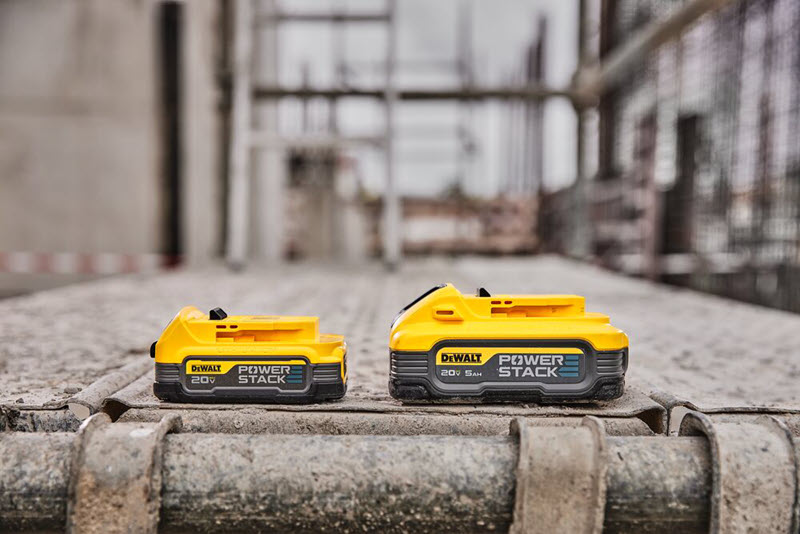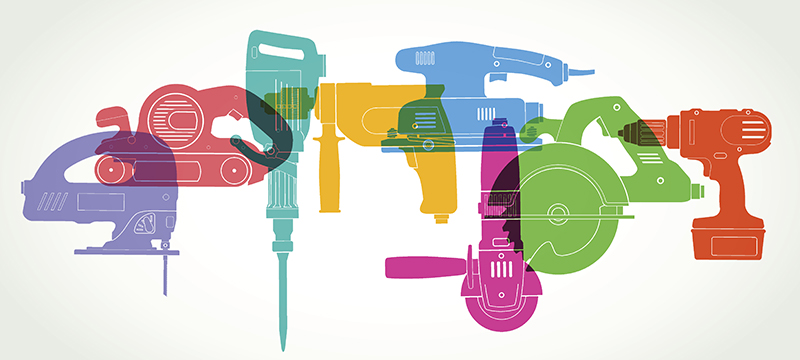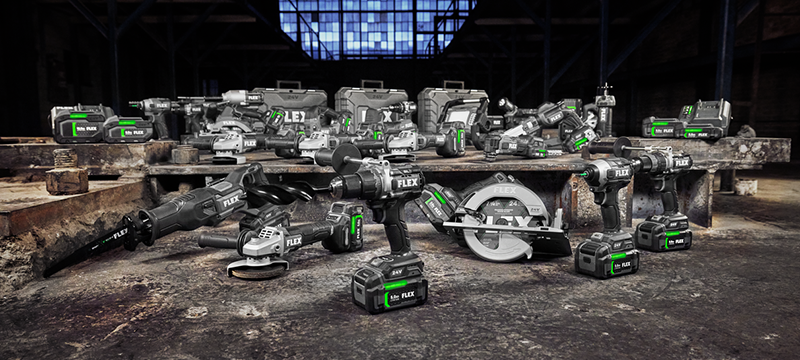Power tool storage solutions are a must have for both DIY enthusiasts and professionals. To ensure that these important tools remain in good working condition, store them properly when not in use. This blog post discusses various tips and techniques on how to store your power tools to increase their longevity and maintain their performance.
Clean and Maintain Your Power Tools
Before you start making plans on storing or organizing power tools in the garage, toolshed or your workshop, it is essential that you know how to clean and maintain them the right way. Wipe off any dirt, dust, or debris from the surface of the tools using a soft cloth. For stubborn grime, you can use a mild detergent, or a specialized cleaning solution recommended by the power tool manufacturer.
Apart from cleaning, you should also inspect the tools for any signs of wear and tear regularly. Replace any damaged or worn-out components such as blades, bits, or cords. Lubricate moving parts according to the manufacturer’s recommendations to ensure smooth operation.
Organize and Sort Your Power Tools
A well-organized storage system not only makes it easier to find the right tool when you need it but also prevents damage caused by clutter and mishandling. Here are some tips on how to organize and sort your power tools effectively:
Invest in a Tool Cabinet or Toolbox: Tool chest and cabinet organization is one of the most practical and easiest ways to store and protect your gear. A tool cabinet or a sturdy toolbox with multiple compartments provides ample storage space and protection from dust, moisture, and potential damage.
Create Dedicated Spaces: Assign specific places for each power tool and keep them in designated areas. This will help you remember exactly where to find them every time you need them.
Use Pegboards or Wall Racks: Installing wall-mounted power tool storage such as pegboards or wall racks in your workshop or garage provide easy access to your power tools while saving valuable floor space. Hang the tools using hooks or hangers designed for the purpose. These are a must-have if you’re keen on maximizing workshop space with tool storage.
Label Your Storage Bins: When storing smaller power tool accessories such as screws, nails, or drill bits, use clear storage bins with labels indicating their contents. This will save you time searching for specific items.
Protect Your Power Tools
Power tools are designed to withstand demanding tasks, but that doesn’t mean they are invincible. Protecting power tools from rust, chemicals, moisture, heat and other environmental factors will ensure their longevity and consistent performance. Here’s what you can do:
Keep Them Dry: Moisture is one of the biggest enemies of power tools. Store them in a dry environment to prevent rust or corrosion. If the area is prone to humidity, consider using moisture-absorbing agents like silica gel packets.
Avoid Extreme Temperatures:High temperatures and freezing temperatures can cause damage to batteries, cords, and other components. Store your tools in an area where the temperature remains moderate.
Dust Protection: Dust can clog vents and motors, affecting the performance of your power tools. Use covers or cases to protect them from dust when not in use. Regularly clean and blow out dust from tools and storage areas.
Secure Cords Properly: Power tool cords can easily get tangled, damaged, or tripped over. Wrap the cords neatly around cord wraps or use cable organizers to prevent knots and potential hazards.
Battery Care

If your power tools use batteries, proper battery care is crucial for their performance and longevity. Here are some guidelines for battery storage:
- Charge Before Storage: Before storing your battery-powered tools, ensure the batteries are fully charged. Partially depleted batteries can lose their charge over time, reducing their overall lifespan.
- Store Batteries Separately: Remove the batteries from the power tools when storing them for an extended period. Store them in a cool, dry place away from direct sunlight and extreme temperatures.
- Check Battery Health: Check the batteries for any signs of damage or corrosion periodically. If you notice any issues, replace them promptly to prevent further damage to the tool.
Safety First
Remember to prioritize safety when storing your power tools. Keep them out of reach of children and pets. If possible, lock the storage area or use childproof latches to ensure their safety. Store sharp or dangerous tools separately or use safety mechanisms like blade guards or locking mechanisms.




